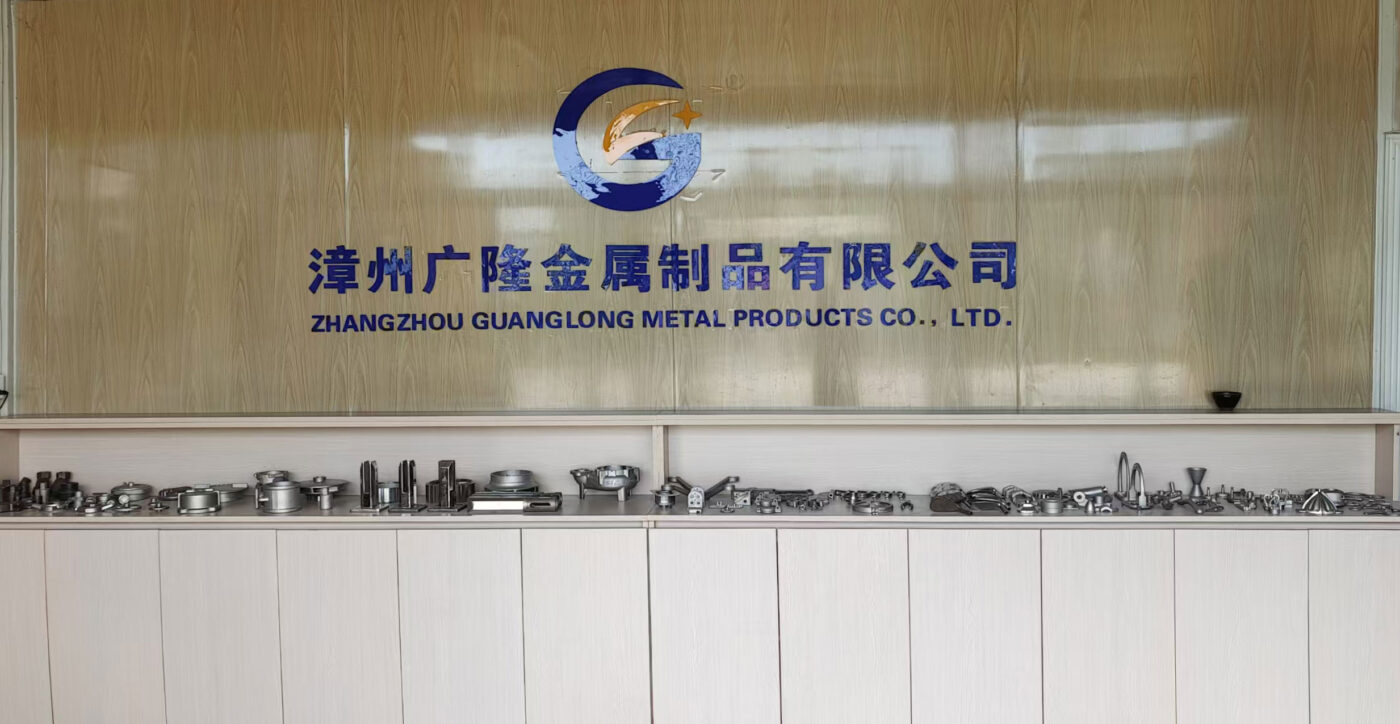Investment Casting vs Die Casting
Die casting and investment casting are both metal casting processes, but they differ significantly in terms of their methods, applications, and characteristics. Here’s a comparison of die casting and investment casting:
1. Process:
Die Casting: In die casting, molten metal is forced into a steel mold (die) under high pressure. The mold is usually made in two halves, and the process can be categorized into two types: hot chamber die casting (for low-melting-point metals like zinc) and cold chamber die casting (for high-melting-point metals like aluminum and magnesium).
Investment Casting: Investment casting, also known as lost-wax casting, involves creating a wax or plastic pattern of the desired part. This pattern is coated with a ceramic shell, and the wax is melted out to create a mold. Molten metal is then poured into the mold to produce the final casting.
2. Accuracy and Surface Finish:
Die Casting: Provides high dimensional accuracy and excellent surface finish. It is capable of producing intricate and complex parts with tight tolerances.
Investment Casting: Also offers high precision and good surface finish, particularly suitable for intricate and detailed parts. The surface finish may be superior to die casting in some cases.
3. Complexity of Parts:
Die Casting: Well-suited for producing complex and geometrically challenging parts with thin walls and fine details. It is commonly used for automotive components, consumer electronics, and various industrial parts.
Investment Casting: Particularly effective for intricate and highly detailed parts with fine features. It is commonly used in aerospace, jewelry, and medical industries.
4. Materials:
Die Casting: Suitable for a variety of materials, including aluminum, zinc, and magnesium alloys. It is especially popular for producing lightweight components.
Investment Casting: Versatile and applicable to a wide range of materials, including ferrous and non-ferrous alloys, stainless steel, and exotic alloys.
5. Cost:
Die Casting: Generally more cost-effective for high-volume production due to shorter cycle times and efficient mass production capabilities.
Investment Casting: Often more expensive, especially for low to medium production volumes, due to the intricate and time-consuming nature of the process.
6. Production Rate:
Die Casting: Suitable for high-volume production with fast cycle times, making it efficient for large quantities of parts.
Investment Casting: Generally better suited for lower to medium production volumes, although advancements have been made to increase production rates.
In summary, the choice between die casting and investment casting depends on factors such as part complexity, precision requirements, production volume, material selection, and cost considerations. Both processes have their advantages and are widely used in different industries based on the specific needs of the application.

